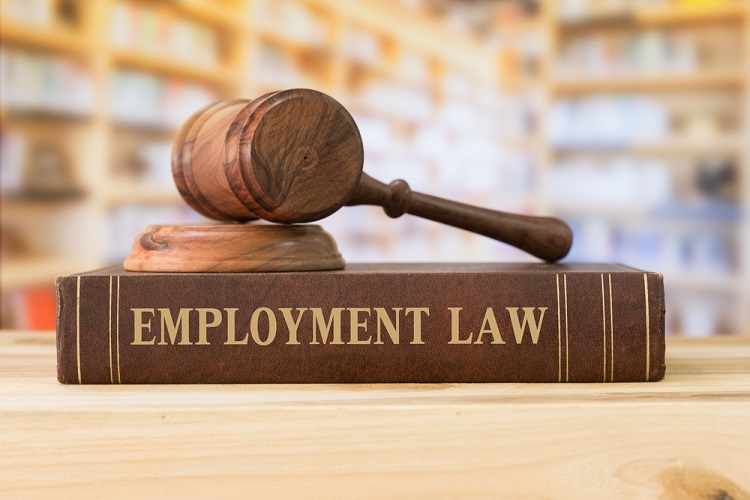
If you have been involved in a motorcycle accident, you may be wondering how to deal with your injuries. Although minor injuries may heal with some time off the bike, more serious injuries require immediate medical attention and close monitoring. In addition to getting medical attention, you will also want to report the accident to your insurance company. During an accident, try to remain calm and maintain your composure.
Table of Contents
Road rash
Road rash and motorcycle accident injuries are commonly handled by motorcycle crash attorneys. They are often painful and can lead to long-term consequences. You should seek medical attention as soon as possible to reduce the risk of infection and complications. Additionally, seeking treatment for your injuries will create a record of your injuries and any interventions required. This document can be crucial in proving that another driver’s negligence caused your injuries. It will also show the insurance company or jury that you took your injuries seriously.
Symptoms of road rash include a white plaque on the skin, which is called granulation tissue. If you can see it, do not try to remove it yourself. This is not a sign of infection, but it will prolong the healing process. First-degree road rash usually heals within two weeks with appropriate care. You can apply gauze or bandages to the wound to prevent further infection. You should also keep the area moist to minimize the risk of re-injury. A silicone cream can also help you minimize scarring.
Broken bones
Broken bones are among the most common injuries from a motorcycle accident. These injuries often involve the vertebrae of the spine, which can break in a head-on or rear-end collision. In severe cases, vertebral fractures can be fatal. Another common bone to break after a motorcycle accident is the clavicle, which runs across the top of the rib cage. This bone is thin, so it can be broken easily. Other bones that can be broken in a motorcycle accident include the pelvic bone. Broken bones can be painful and require prompt medical attention.
Depending on the severity of your broken bones, you may require surgery to correct the fracture. The process of repairing a broken bone is often lengthy, and it can take months to completely heal. In addition, you may need specialized mobility equipment and several doctor’s visits. Some fractures can lead to lasting complications, so you may need to take unpaid leave from work or find special accommodations for yourself. Your medical bills may be high, but you may be eligible for financial compensation for your losses. You can file a claim with your insurance provider against the negligent party’s insurance provider to get the money you need for your medical care.
Traumatic brain injury
If you or a loved one has sustained a brain injury in a motorcycle accident, there are several steps you need to take to get the best possible treatment. The first step is to see a doctor. While many motorcycle accident victims avoid going to the doctor because it can be stressful and uncomfortable, it’s essential to follow the doctor’s instructions and seek medical treatment as soon as possible. A doctor can recommend follow-up appointments and physical therapy if necessary. Brain injuries can be debilitating and can cause lifelong disabilities.
Some of the symptoms of traumatic brain injury include memory loss, seizures, increased sensitivity to light and sound, and problems with perception. Some of these symptoms are temporary and not severe, while others may last for days or even a year. In some cases, patients may also suffer loss of sight. If the brain injury is severe, physical or cognitive therapy may be needed for several months or years to recover.
Lung injuries
Lungs are vulnerable to serious injury during motorcycle accidents. A broken rib can puncture a lung, and chest trauma can damage the lungs. If the lung is injured, the patient will likely need surgery or ventilation. Lung injuries can also lead to respiratory failure or pneumonia. This makes it imperative to get immediate medical attention and seek treatment if you sustain such injuries.
There are many types of internal injuries in motorcycle accidents, and they can be difficult to diagnose without a medical professional. Injuries to the lungs, stomach, and arteries are common. If they are not treated quickly, they can be life-threatening. Motorcycle accident injuries can also cause broken bones and torn ligaments. Some victims may also suffer amputation, and may lose an arm, leg, or even both. Some victims also suffer from open wounds, where something punctures the skin and enters the bloodstream.
Internal bleeding
Internal bleeding is a common complication after motorcycle accidents. In some cases, it can be minor and cause only a small red spot on the skin, but in some cases it can be fatal. Uncontrolled internal bleeding is one of the leading causes of preventable death in trauma patients. It can also be prevented if you know what to look for. Your body has many blood vessels in its internal organs, and any trauma can cause a break in this complex network.
If you suspect internal bleeding after a motorcycle accident, seek medical attention right away. Internal bleeding can affect any organ or tissue inside the body, and the symptoms may not be immediately apparent. Some people may experience dizziness, fatigue, nausea, and vomiting, or chest pain. The skin may also be pale. If left untreated, internal bleeding can lead to a wide variety of serious medical complications and even cause organ damage.
Are You Prepared For Potential Employment Law Cases?
November 12, 2023The Benefits of Hiring a Personal Injury Lawyer
January 20, 2023
Leave a reply Cancel reply
You must be logged in to post a comment.
Why People Think Programs Are A Good Idea
November 25, 2022Living Gifts for Loved Ones
November 27, 2022Finding Companion Care: Frequently Asked Questions
November 27, 2022






